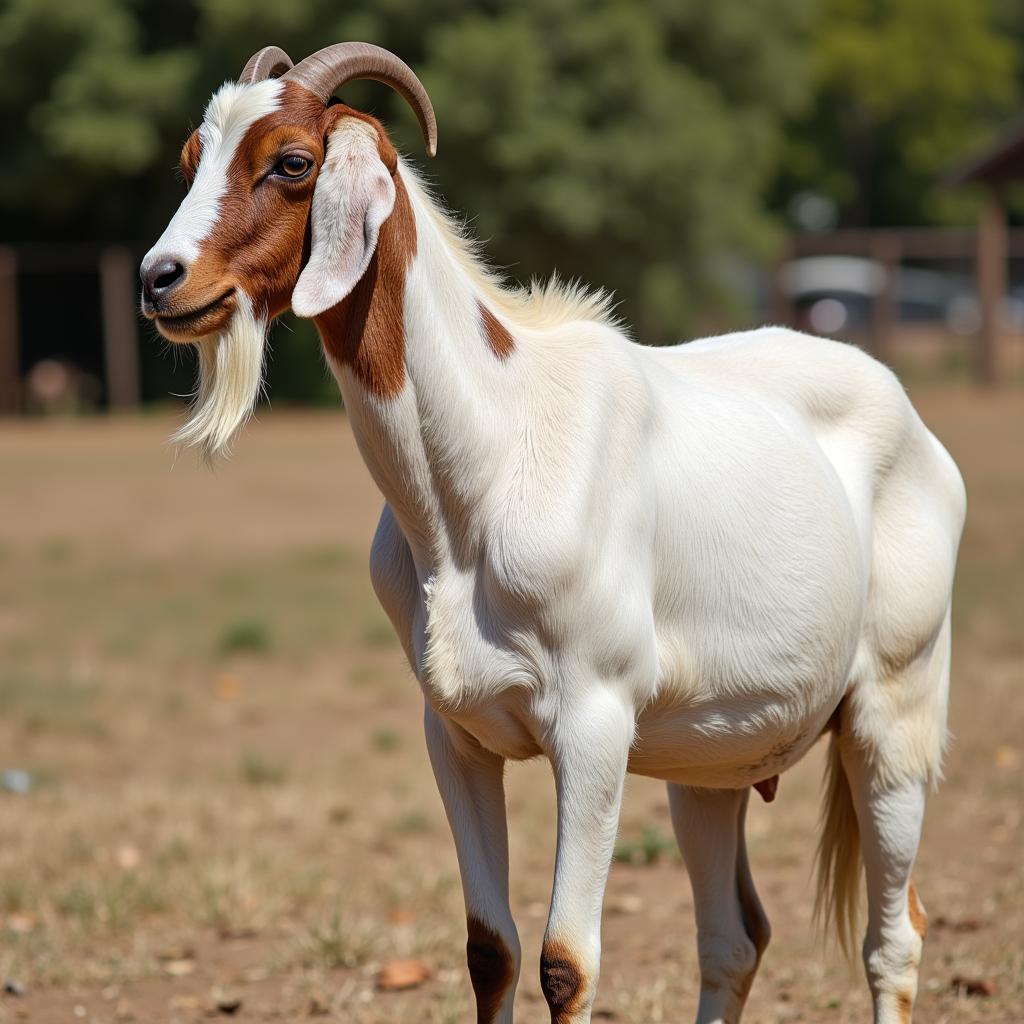Exploring the Cultural Significance of the African Breast
The African Breast holds a multifaceted significance, deeply interwoven with cultural traditions, societal norms, and artistic expression across the diverse continent. From nurturing life to symbolizing beauty and power, its representation transcends mere physicality, embodying a rich tapestry of meanings that vary across different regions and ethnic groups.
It’s crucial to understand that discussing the “African breast” requires sensitivity and awareness of the diverse cultural contexts within the continent. Generalizations can be misleading, as practices and beliefs related to breastfeeding, body image, and female health vary significantly. This article aims to explore some of these complexities, offering a glimpse into the diverse cultural landscape surrounding this topic.
The African Breast and Motherhood
Across Africa, breastfeeding is not merely a biological function but a deeply symbolic act, representing the bond between mother and child. Traditional practices often emphasize extended breastfeeding, sometimes lasting for two years or more. This reflects a belief in the profound nutritional and emotional benefits of breast milk. In some communities, specific rituals and ceremonies surround breastfeeding, highlighting its importance within the social fabric. After the introduction of breastfeeding dresses, many new mothers started to wear them and also gave their feedback. You can see some examples on this african breastfeeding dresses blog.
Traditional Beliefs and Practices Surrounding Breastfeeding
Many African cultures hold strong beliefs about the power of breast milk, attributing protective and healing properties to it. In some communities, colostrum, the first milk produced after birth, is considered sacred and is used in traditional rituals. Furthermore, shared breastfeeding, where women nurse each other’s children, is practiced in certain areas, fostering communal bonds and strengthening social ties.
The African Breast in Art and Aesthetics
The depiction of the female form, including the breast, has a long and varied history in African art. From ancient sculptures to contemporary paintings, the breast has been represented in diverse ways, reflecting different cultural ideals of beauty and femininity. In some cultures, full breasts symbolize fertility and abundance, while in others, smaller breasts are considered more aesthetically pleasing. The stylistic choices in these representations often reflect broader cultural values and beliefs about the female body.
Representations of the Breast in African Sculpture and Painting
Traditional African sculptures often depict women with prominent breasts, highlighting their role as life-givers and nurturers. These representations are not necessarily intended to be sexually suggestive but rather celebrate the female form and its connection to fertility and motherhood. In contrast, some contemporary African artists use the breast as a symbol of female empowerment and resistance, challenging traditional notions of beauty and challenging societal expectations. For a deeper look into the issue of breast cancer, the african breast cancer conference provides valuable insights.
Challenges and Concerns Related to Breast Health in Africa
While the African breast holds cultural significance, addressing the health challenges faced by women across the continent is essential. Breast cancer is a growing concern, with limited access to screening and treatment options in many areas. Cultural beliefs and practices can sometimes hinder early detection and access to medical care. Addressing these challenges requires culturally sensitive approaches that empower women to seek timely medical attention. Unfortunately, there are limited resources discussing topics such as african breast milk leak, which highlights the need for more readily available information.
Access to Healthcare and Cultural Barriers
Lack of access to healthcare facilities, particularly in rural areas, poses a significant obstacle to breast health in Africa. Furthermore, cultural taboos and misconceptions surrounding breast health can prevent women from seeking medical advice. Community-based education programs are crucial for raising awareness and promoting early detection of breast-related illnesses. It’s also worth mentioning the traditional practice of african breast sucking and its potential health implications.
Conclusion
The African breast embodies a rich tapestry of cultural meanings, reflecting the diversity of traditions and beliefs across the continent. From its association with motherhood and nurturing to its representation in art and aesthetics, the African breast holds a powerful symbolic significance. Addressing the health challenges faced by African women is crucial for ensuring their well-being and empowering them to make informed decisions about their health. Understanding the cultural context surrounding the African breast is essential for developing effective health interventions and promoting positive change. The evolving fashion trends also incorporate elements related to breastfeeding, as seen in the african breast plate top.
FAQ
- What is the cultural significance of breastfeeding in Africa?
- How is the breast represented in African art?
- What are some of the challenges related to breast health in Africa?
- How can cultural barriers to healthcare be addressed?
- What are some traditional beliefs about breast milk in Africa?
- How does the depiction of the breast in African art reflect cultural values?
- What are some resources available for supporting breast health in Africa?
Need more assistance? Contact us at Phone: +255768904061, Email: kaka.mag@gmail.com Or visit us at: Mbarali DC Mawindi, Kangaga, Tanzania. We have a 24/7 customer service team.



